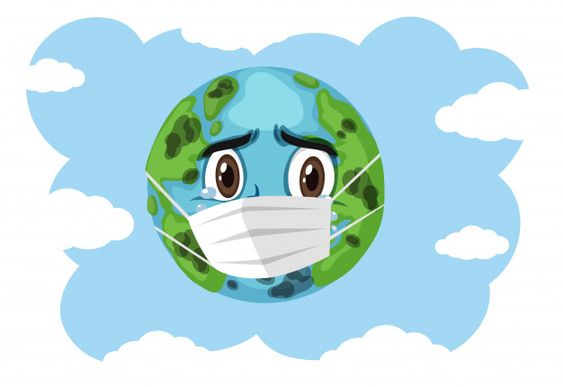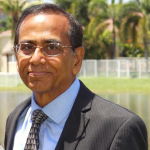
 A virgin world is behind the mask! A year, which sent all our faces behind the masks had left us, scrambling to judge whether people are doing well or are depressed.
A virgin world is behind the mask! A year, which sent all our faces behind the masks had left us, scrambling to judge whether people are doing well or are depressed.
By Nazarul Islam
Few realize how loud human expressions, really are. Need we be kind, with what we wordlessly say?
A year, which sent all our faces behind the masks had left us, scrambling to judge whether people are doing well or are depressed. Perhaps attracted to us or, maybe…deceiving us; to wordlessly convey our pleasure or our disappointment in their company. All this has become a huge challenge.
Against this backdrop, research about facial expressions has transcended geographies and cultures, to claim its space of heightened public interest. If not now, very soon in the future!
In the era of populist nativism (read fractured nationalism) UC Berkeley and Google researchers used machine-learning technology known as a “deep neural network” to analyze over 6 million video clips from 144 countries to point to the universality of human experience: From watching fireworks to consoling a sobbing child, expressions associated with several feelings including awe, pain and triumph were used in similar social situations.
This is how, for example, Kamala Harris’s disdain for Mike Pence in the vice-presidential debate was communicated around the world, and how Indian films can be largely understood in the US.
Interestingly, English speaking raters in Bangladesh, Pakistan and India did all the algorithm training, and this had obviously limited the claims of universality.
It is a reminder of the question of bias in the actual applications of such machine-learning tools. The research establishes a correlation between facial muscle movement and context, but cannot claim any certitude about the actual emotion being experienced by the people in the videos.
Nature has meant a human face to be expressive but this does really happen—for an expression is a give-away of the mind, and we do not want to easily give away anything we have owned!
Physically so, there is the face, and before the face there is the thin black line between the nose and upper lip. A twitching filament of anxieties, a metaphysical jump rope, a dancing thread of discombobulation, the mustache is a seismograph of a person’s inner states—that not only makes you laugh, it tells you what you could be thinking. This really opens the window, into the machinery of thoughts.
As the pandemic has supercharged algorithmic and automated decision making, let us consider ‘Artificial intelligence (AI) lie detectors, being used by border controls to identify signs of dishonesty in facial expressions. This is a worrying overreach of affective computing, which has as yet only touched the tip of the iceberg when it comes to human emotional complexity.
One must remember the words of Charlotte Bronte: ‘You may search my countenance, but you cannot read it’.
It’s like fixing one meaning on the Mona Lisa, just after a single view.
In our ‘covideous’ society, your smile or mine in public, is no longer palpable or, …. let’s say meaningful as it used to be. Conversely, the pandemic dramatically changes the natural landscape of our facial appearance in public and, as much as possible, conceals our smile behind the mask in such a way that only the virus can delightfully see and nestle on our cambered lips—burrowing further and deeper into the pit of our gullible mouth—how sardonically magnificent that is!
The virus has indeed changed the way, we liked to think…..
____________________
About the Author
